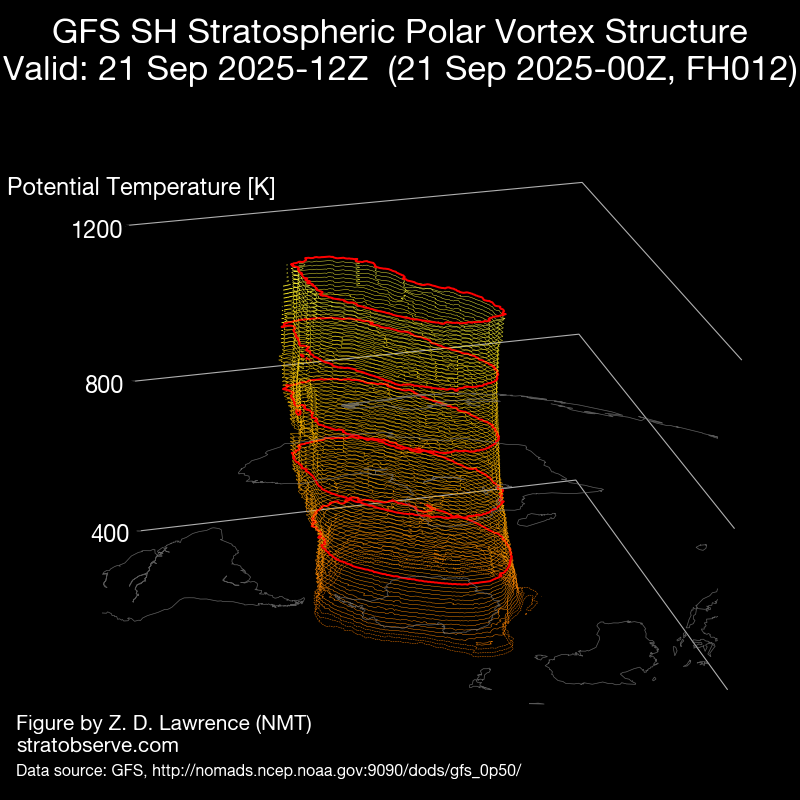Thundery Change to End SE QLD & NE NSW Dry Spell as Roaring 40s Ease
- Weatherwatch
- Sep 7, 2024
- 2 min read
Saturday September 7, 2024
August brought two weather extremes to Southeast Queensland and Northeast NSW. In the first two weeks, Brisbane received 70mm of rain—more than double the monthly average! However, from August 16 onwards, only 1.2mm of rain has fallen. A similar pattern emerged in northeastern NSW, as both regions came under the influence of a dominant westerly flow - but that's likely to change! Some isolated showers and storms may occur across northeastern NSW on Monday that could creep into southern areas of Southeast Queensland. While on Tuesday, a southeast change will bring some isolated showers and storms or local thunder over the region. A few showers may remain a feature for much of the week.

Roaring 40s to Ease, Allowing the Return of Easterly Winds
The reason for the switch from wet to dry were due to broadscale weather patterns. The first half of August experienced unusually weak westerly winds, allowing dominant easterlies to bring moisture. However, the second half of the month saw persistent strong cold fronts, which have continued into September. This pattern of frequent cold fronts and gales across southern Australia is expected to ease, allowing easterly winds to return to parts of eastern Australia.
Wind anomalies for August 5 - 20 & August 20 - September 4, 2024. Negative values indicate unusually strong easterly winds, positive values indicate unusually strong westerly winds. This shows the broad region of unusually strong easterly winds in early August replaced by unusually strong westerly winds in late August. Source: NCAR Reanalysis.
Cold Air to Return to the Upper Atmosphere, Bringing Instability
At the same time, the upper atmosphere, which has been unusually warm recently, is expected to cool by around 10-12°C. This, combined with the returning easterly winds and an approaching upper trough, is likely to introduce some weak instability, resulting in the potential for showers and isolated storms.
GFS 500mb Temperatures across Australia. Note the warm temperatures across SE QLD for today (Saturday) compared to much cooler temperatures on Tuesday. This contributes to potential instability in the right conditions. Source: Weatherwatch MetCentre.
Severe Storms Only a Marginal Risk, Most Activity Likely Non-Severe
Severe storms remain a marginal risk due to weaker instability levels, though gusty winds and small hail are possible—especially given the cooler temperatures, which allow hail to survive longer before reaching the ground. However, storm setups can change rapidly, so this will need to be closely monitored in the coming days.
GFS CAPE for SE QLD & NE NSW on Monday and Tuesday. Typically severe storms occur above 700-1000. Source: Weatherwatch MetCentre.
Rainfall May Briefly Temper the Rise of Elevated Bushfire Dangers
Some much-needed rainfall is likely, as the warm, westerly winds of recent weeks have begun to erode the benefits of early August’s rainfall in terms of reducing bushfire dangers. Particularly as the second half of next week is looking a little unsettled with a potential for a couple of showers on most days. Our forecasting team will continue to monitor the setup in case of changes. With the official start of severe storm season (October 1) just around the corner, we’ll be paying close attention to all upcoming storm systems.

Weatherwatch MetGraph showing forecast rainfall totals for Brisbane for each model over the next 7 days. Source: Weatherwatch MetCentre.















